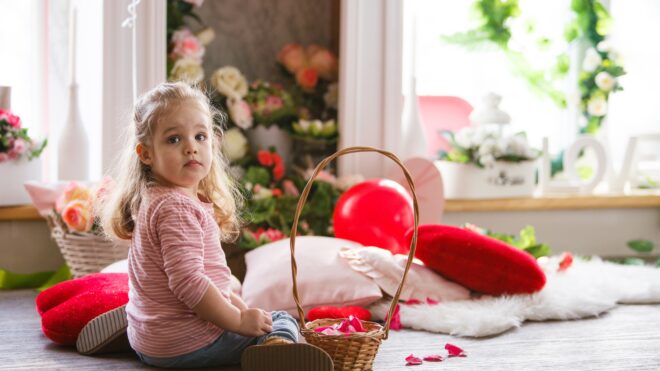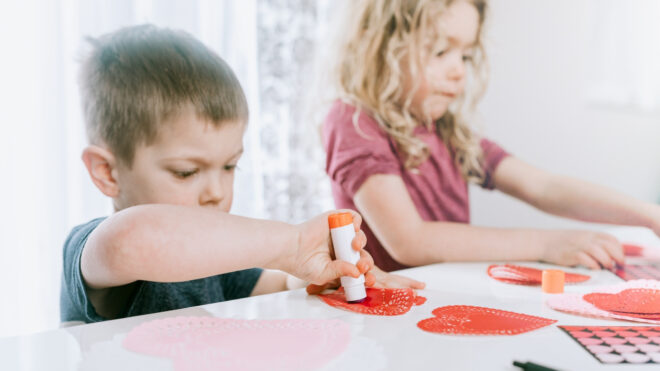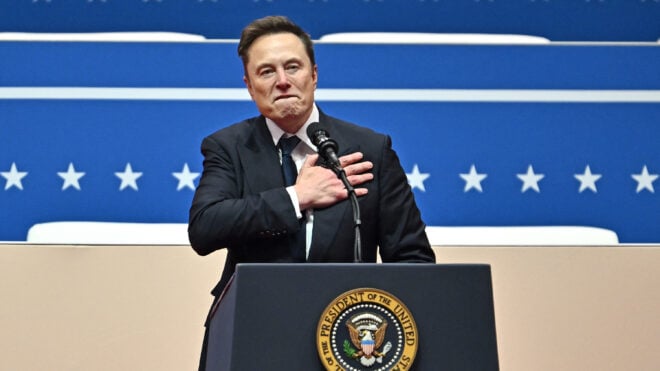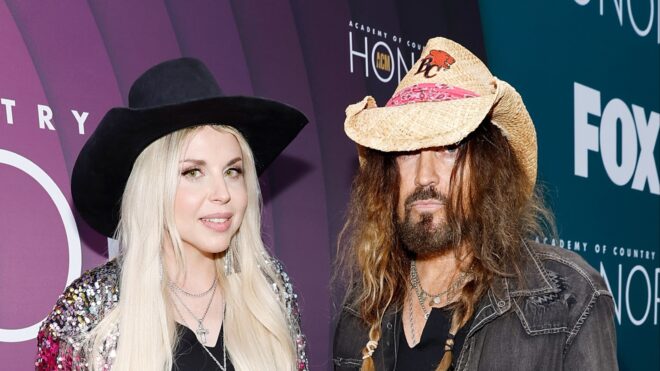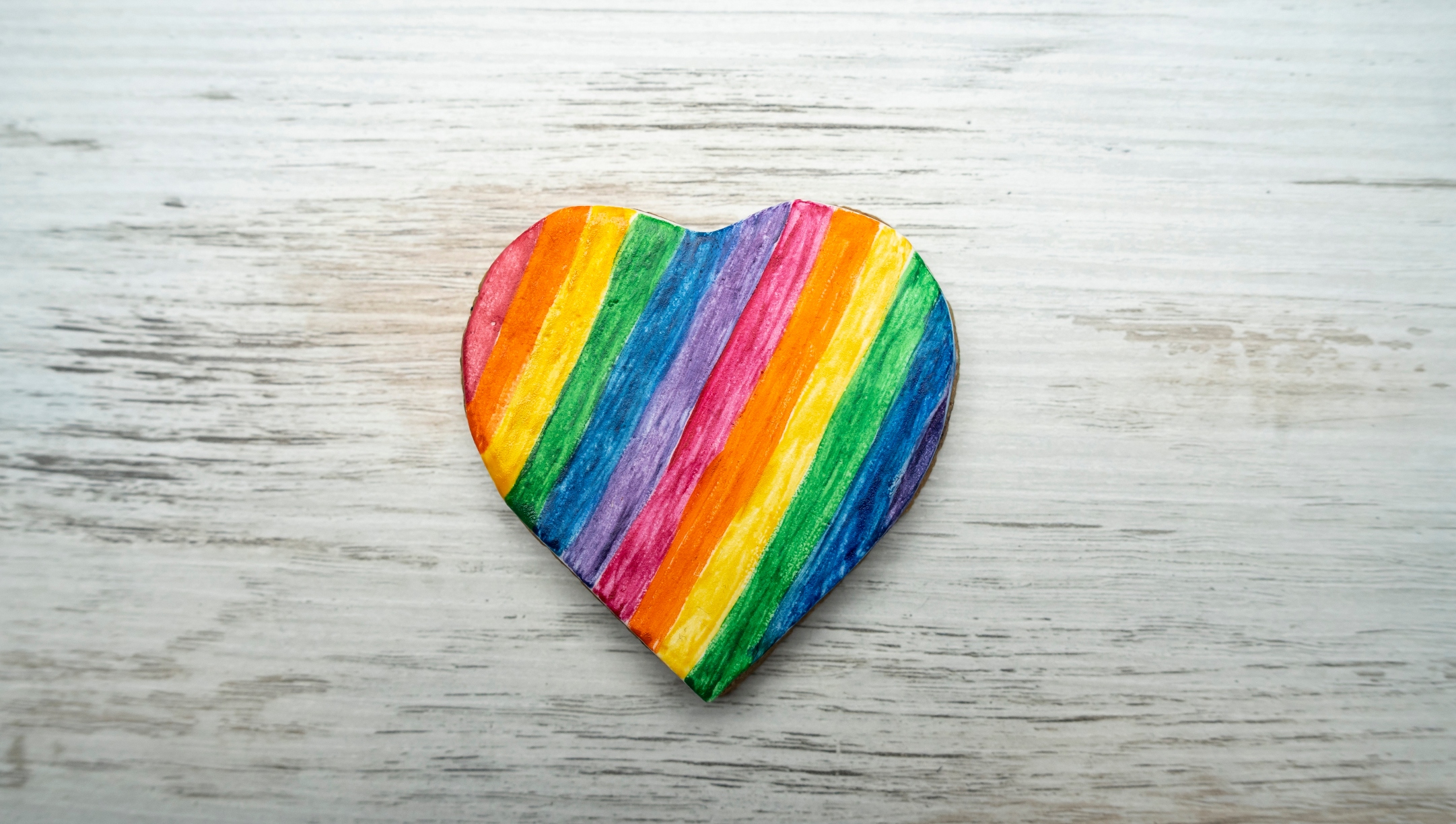
The history of Valentine’s Day is rooted in at least one of three martyred St. Valentines who angered rulers and were killed because of it. Which Valentine gets the credit for what has turned into a very lucrative and frivolous holiday is murky.
One Valentine was a priest who went behind the back of Emperor Claudius II and married young lovers despite the Roman ruler’s insistence that single men were better soldiers. Another Valentine, a bishop, was put in jail for helping Christians escape Roman prison, but while he was in prison he started sending love notes to a girl he fell in love with. These “valentines” were suspected of being sent to his jailor’s daughter, who would come to visit Valentine.

We can all agree that Valentine’s Day got off to a pretty heteronormative start, but we need to acknowledge that what was also being celebrated was forbidden love. And is there anything more forbidden these days besides queer love? OK, interracial love is still taboo and that BS needs to die, too, but for the sake of focusing on one form of discrimination at a time, let’s look at the need to celebrate all love.
One of my favorite artists, Wednesday Holmes, was recently commissioned by Canon UK to create Valentine’s Day cards that can be printed for free. While this idea isn’t novel, the images are. Holmes is a nonbinary person, and their artwork is inclusive of all genders and sexualities. The idea that more big companies are embracing inclusivity is the part that is still new.
As a member of Generation X who is also queer, I have a deep appreciation for folks like Holmes and companies who are willing to showcase the different definitions of love that have always existed but often not been talked about. These images didn’t exist when I was kid or even a young adult; any positive sentiment toward queer love was not only rare but forbidden.
Before I came out as nonbinary, I identified as female. When I was in college and took my girlfriend out for dinner on Valentine’s Day, we noticed that the waitstaff was handing out flowers to each woman sitting with a man. Neither I nor my girlfriend received a flower. When I asked about giving a flower to my girlfriend, I was told that the flowers were for couples only. I didn’t push it. My money was good enough for them to take, but my relationship was not.
And a few years later when I was on my honeymoon with the same woman, we were told we were not welcome to join the other honeymooners during one of the resort’s activities; they only wanted to see heterosexual couples on the dance floor. We had been spotted and were clearly not welcome. This was in 2002, and while that feels like forever ago, the impact will never go away. I am in a new relationship with another woman, but the sideways glances and anxiety about safety in certain situations are still present. Even though more people accept same-sex relationships, same-sex marriage is still under threat, and transgender folks are looked at as villains or sexual deviants.
The Valentine’s Day commercials, gift guides, and Hallmark cards are slowly becoming more LGBTQIA+ inclusive. Representation matters and will go a long way to normalize relationships that are already normal, but what are you doing in your everyday life to be sure you are changing the Valentine’s Day narrative while still celebrating what some would label love that should be banned?
Shifting our language is one of the most important ways we can make sure we are breaking down the idea that straight, cisgender relationships are the standard to which every other relationship should be measured. Use gender-neutral language when talking about people and relationships. Don’t assume anyone’s gender or the gender of their partner. Don’t place gendered expectations on children. Don’t assume your child is straight. Don’t assume your child has any sexuality. And stop sexualizing different-gender friendships. It’s weird to ask your 7-year-old son if his friend who happens to be a girl is also his girlfriend. And it’s problematic to assume a girl who has a lot of friends who are boys will also break their hearts or should be locked up because she’s so pretty — as if she is responsible for anyone else’s behaviors.
As a former queer kid who grew up to be a transgender, queer adult, Valentine’s Day has always created anxiety and frustration. Our world is changing, but we (and our kids) are still very much in the thick of a society that celebrates heteronormative relationships. Use Valentine’s Day to talk about all different kinds of love within the spectrum of genders, and try to challenge your biases when it comes to the expectations you place on strangers and your kids. One really cool part of being a human is that we thrive when given autonomy and unconditional love. Let’s give everyone the benefit of love that isn’t persecuted.


